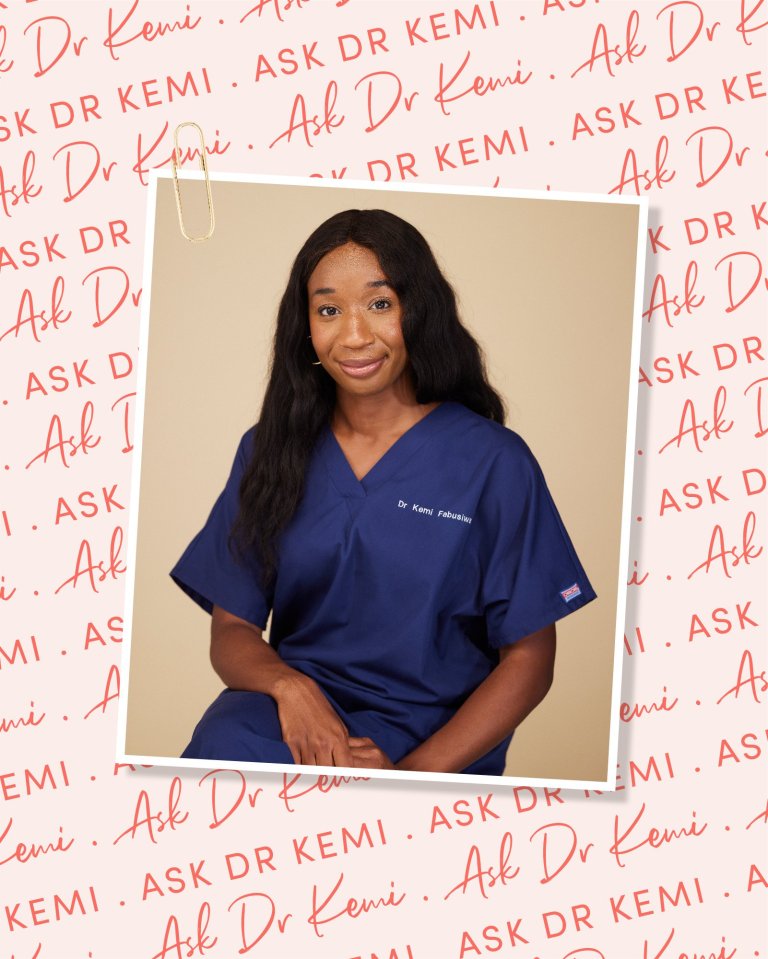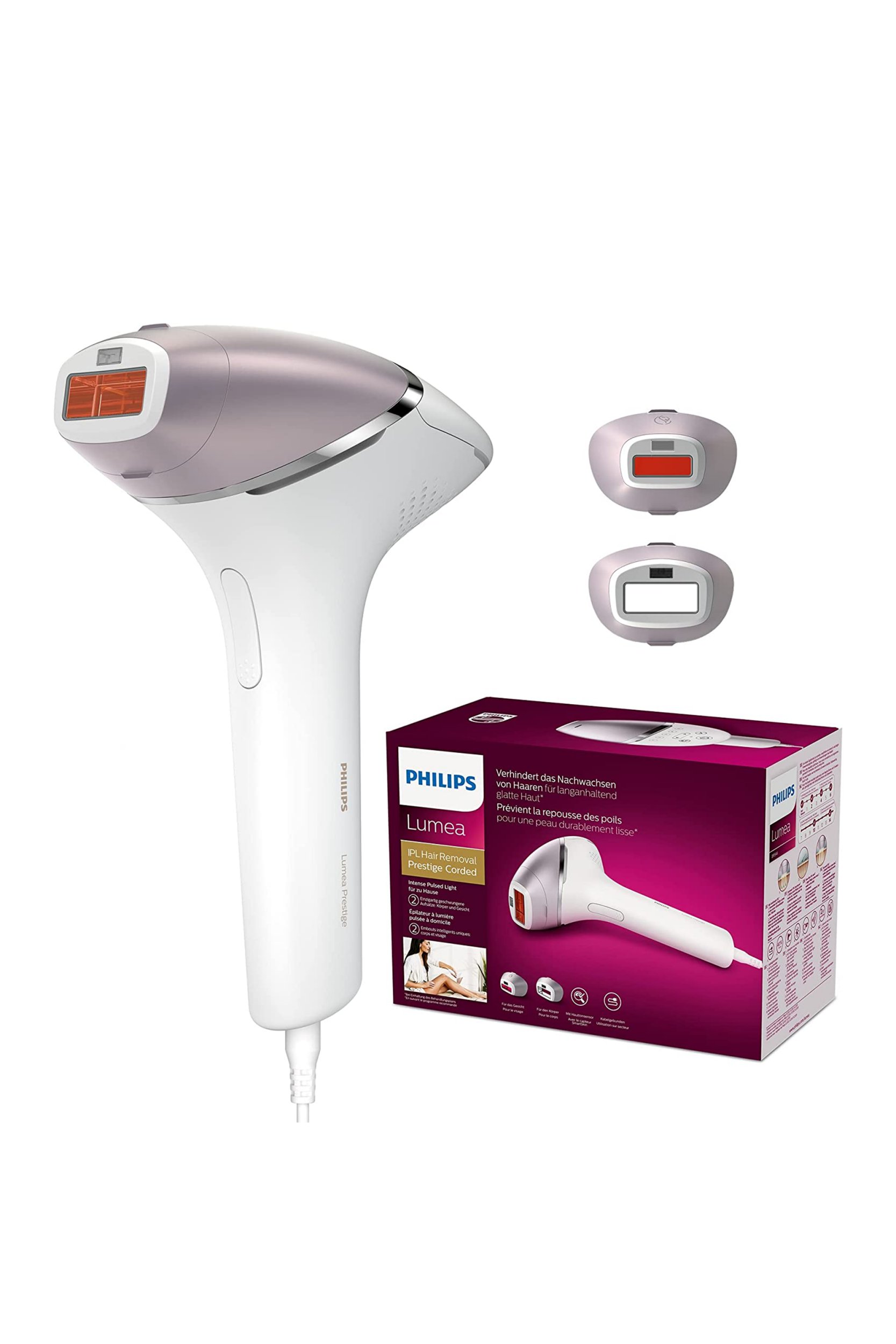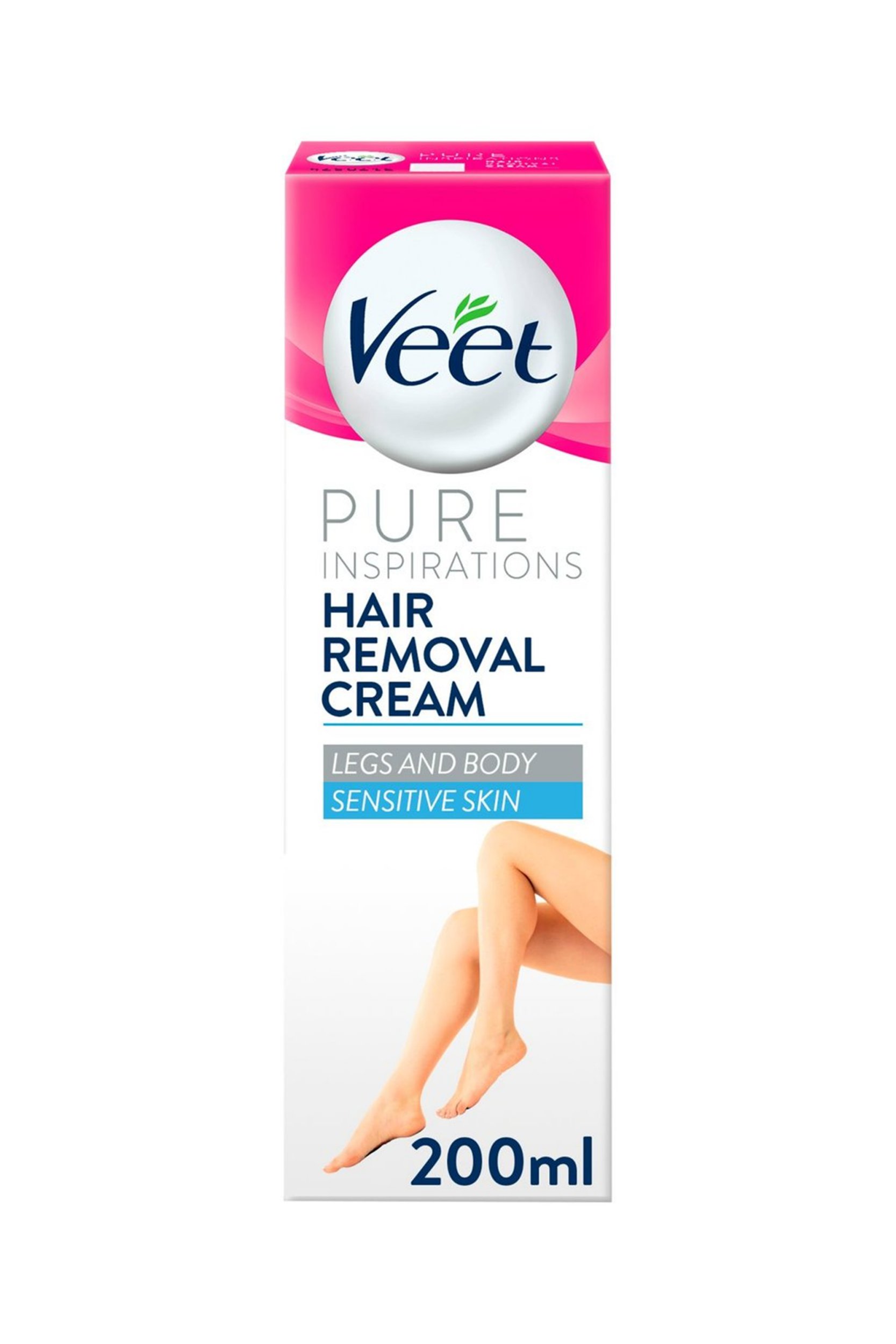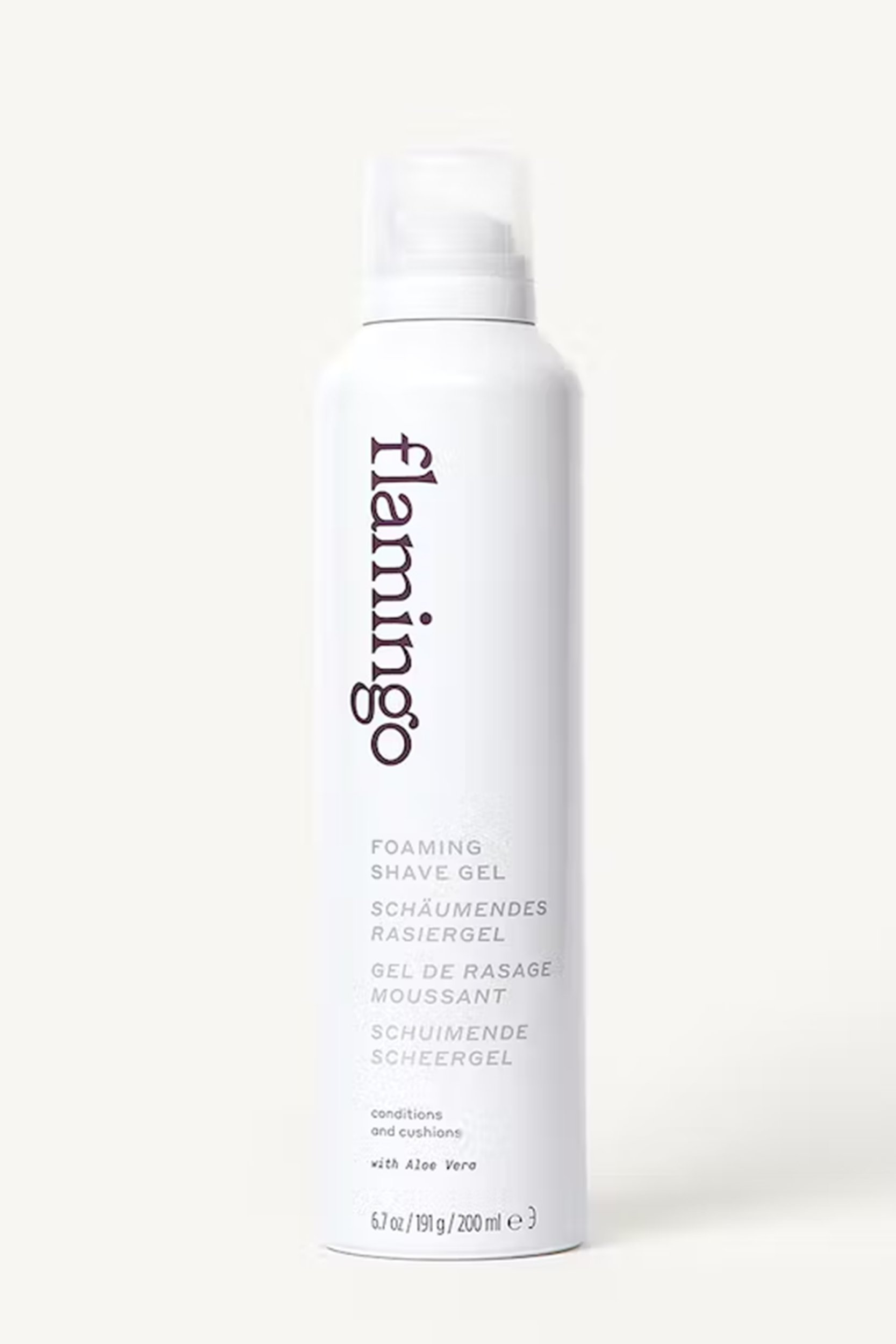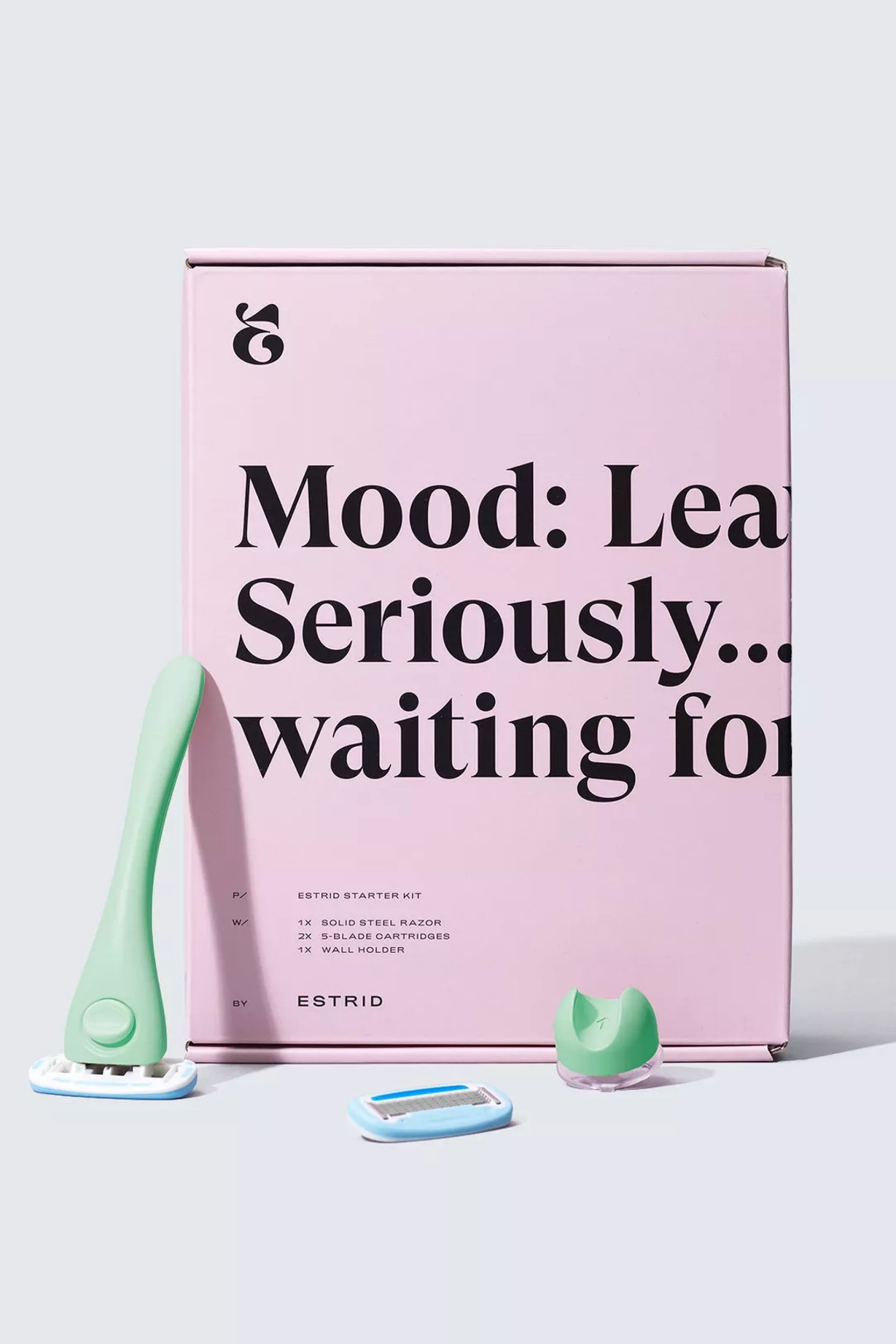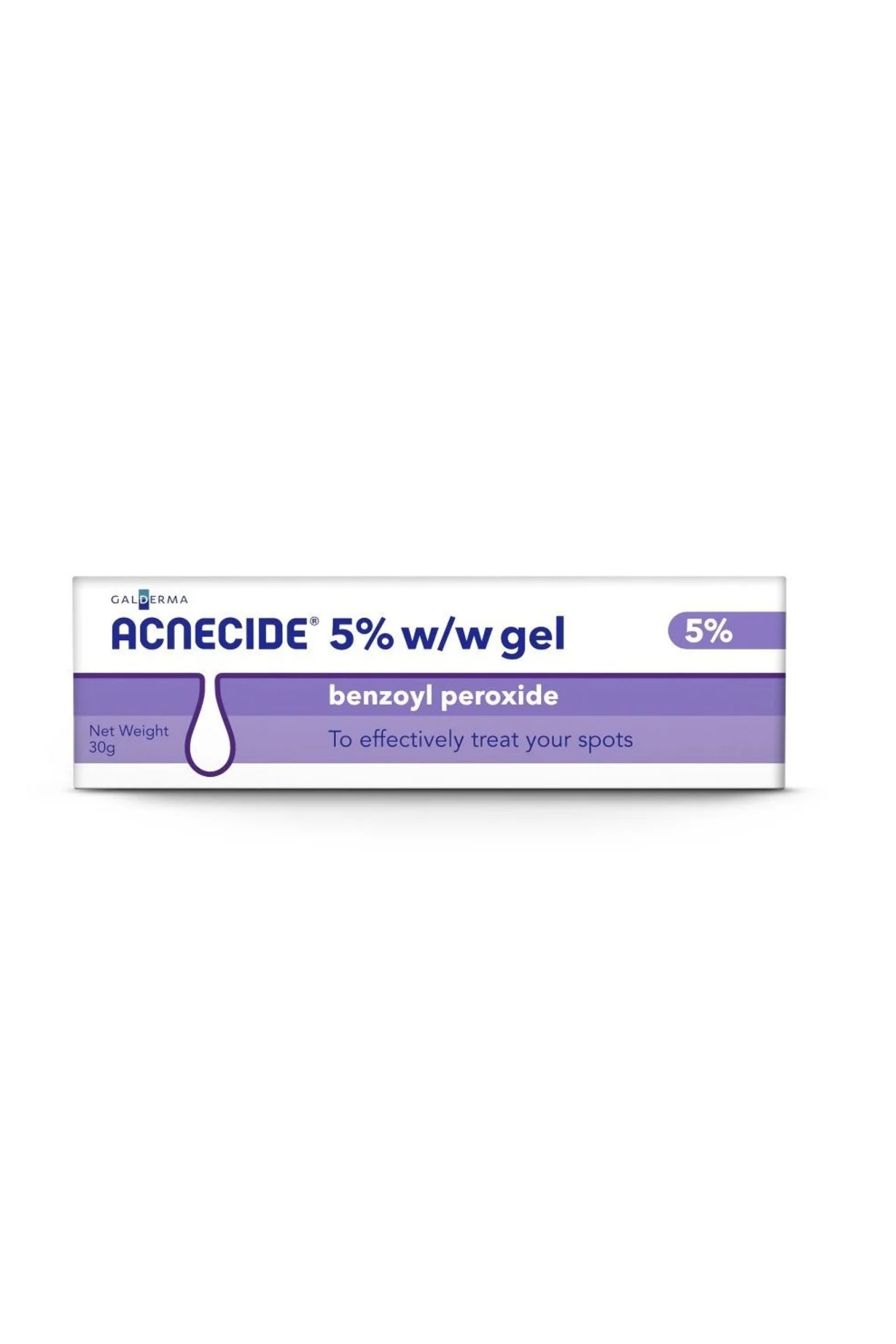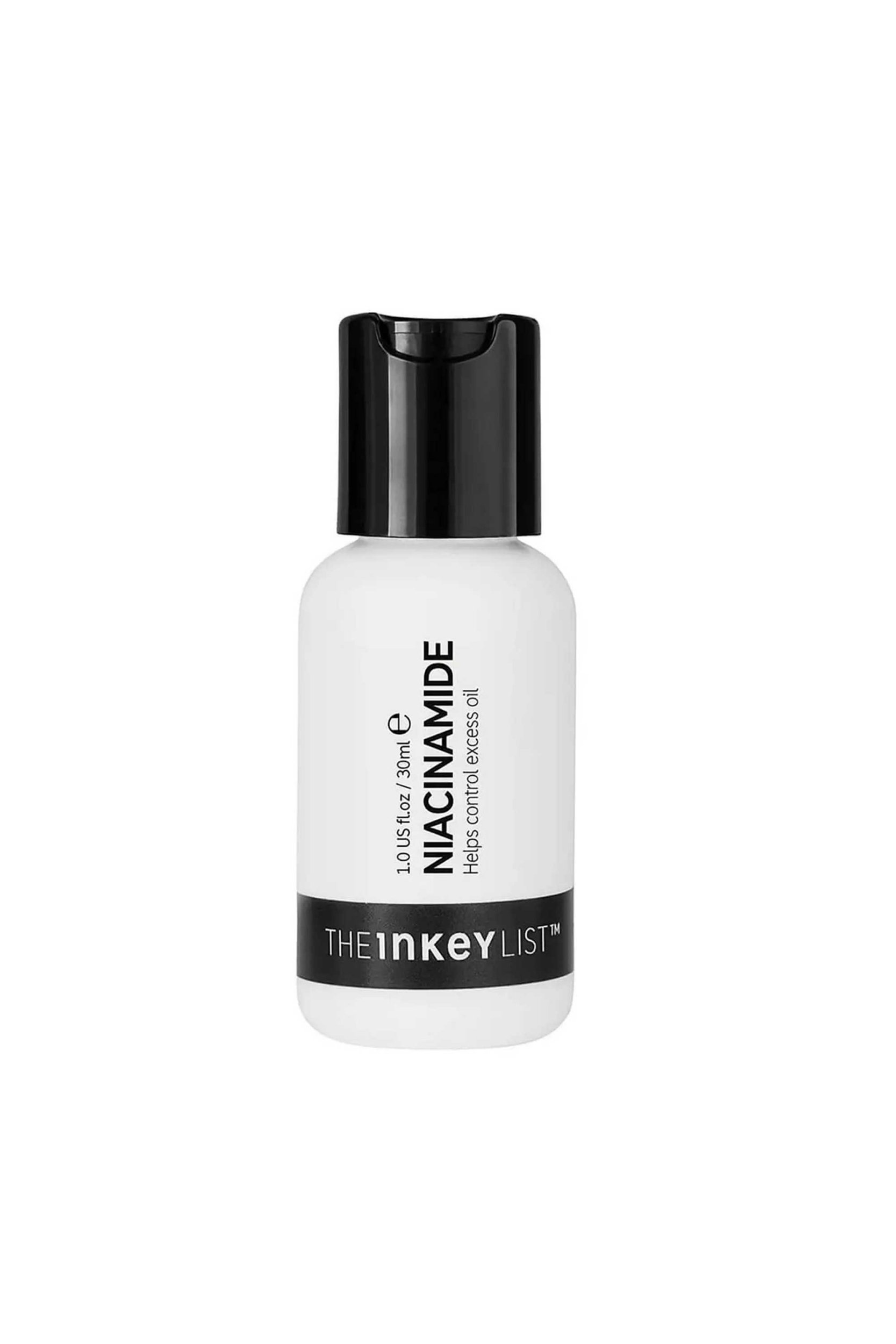Ingrown hairs are also known as pseudofolliculitis. They can be painful, unsightly – and a plain old nuisance. They can occur on the face, arms, groin or leg, and are what happens when the hair gets trapped under the skin and starts to cause inflammation.
Ingrown hairs look a lot like acne, which is why they can often be confusing and difficult to actually address. Like acne, they can also leave behind large amounts of scarring and hyperpigmentation too.
If you suffer from pesky ingrown hairs, here are five simple steps to manage them effectively:
Step 1: Switch up your method of hair removal.
When it comes to ingrown hairs, prevention is most definitely better than cure. And the best way to prevent ingrown hairs is to change your method of hair removal, as this is one of the biggest causes of the condition.
Laser hair removal remains the best course of action, and works by heating up and destroying the entire hair follicle, which means not only is it great at getting rid of the hair, but it’s equally effective at reducing the risk of ingrown hairs.
Laser hair removal only targets strands of hair that are actively growing, which means they need multiple rounds to do the trick. Due to this, it can quickly get quite expensive but is still the most effective way of reducing ingrown hairs from the source. At-home devices are worth trying, especially if you are keen to save some £££.
Another method of hair removal that does not cause ingrown hairs is hair removal creams. They work by ‘breaking down’ the hair fibre so that they can easily be scraped away.
However, the chemicals in hair removal creams can be quite irritating and don’t always get on well in sensitive areas or in those with hypersensitive skin types.
For this reason, before you use them for the first time, make sure you do a patch test and stop using if you notice signs of irritation.
Step 2: If you do shave, shave like a pro.
If lasers are out of your price range and hair removal creams just don’t work for your skin, then it’s time to level up the way you shave.
Firstly, never ever shave on dry skin; always use a shaving gel to prevent friction and nicks to the skin.
When shaving, always use as few strokes as possible and make sure you change your blade regularly so that it is clean and sharp. Using a blunt, dirty blade could lead to trauma of the skin and a route of bacterial entry, which can exacerbate inflammation.
Step 3: Exfoliate with care
Ingrown hairs occur when the hair shaft gets trapped within the skin. It is important to exfoliate gently to release the strand of hair and to prevent further hairs from growing beneath the surface.
You can use gentle physical scrubs for this, but exfoliating acids do tend to work best. Try to use either an alpha or beta-hydroxy acid to help decongest the pores and free up the hair strand.
FYI: it is always best to exfoliate a couple of days after your method of hair removal when your skin is less sensitised.
Ingrown hair spot treatments like the Flamingo Ingrown Spot Treatment, £9, ASOS, also work amazingly for singular hairs, and are definitely worth investing in.

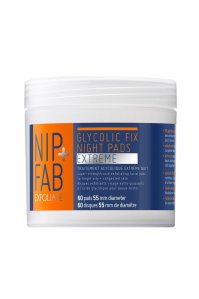

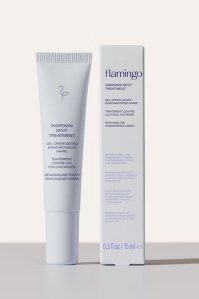
*Eliza may earn commission on sales from these product links
Step 4: Dampen down the inflammation
When the hair penetrates the skin, the result is breaks in the skin barrier and significant amounts of inflammation.
Inflammation can worsen the symptoms of ingrown hairs but also make them far more unsightly.
To reduce the inflammation of ingrown hairs, you can apply a dab of benzoyl peroxide gel directly onto the region of inflamed skin. Benzoyl peroxide is an anti-inflammatory agent as well as an antibacterial, that has the combined effect of reducing the appearance of an ingrown hair as well preventing an infection.
Step 5: Manage the side effects
Just like acne, ingrown hairs can damage the skin’s barrier enough to eventually lead to scarring and hyperpigmentation. If this is a concern for you, you can use ingredients like niacinamide to help reverse pigmentation.
Remember, ingrown hairs are a medical condition and can result in significant distress and loss of confidence.
It’s important to note they could also be down to an underlying medical condition such as polycystic ovarian syndrome.
If they’re having an impact on your self-esteem and confidence, or you are concerned about the cause, speak to your GP.
